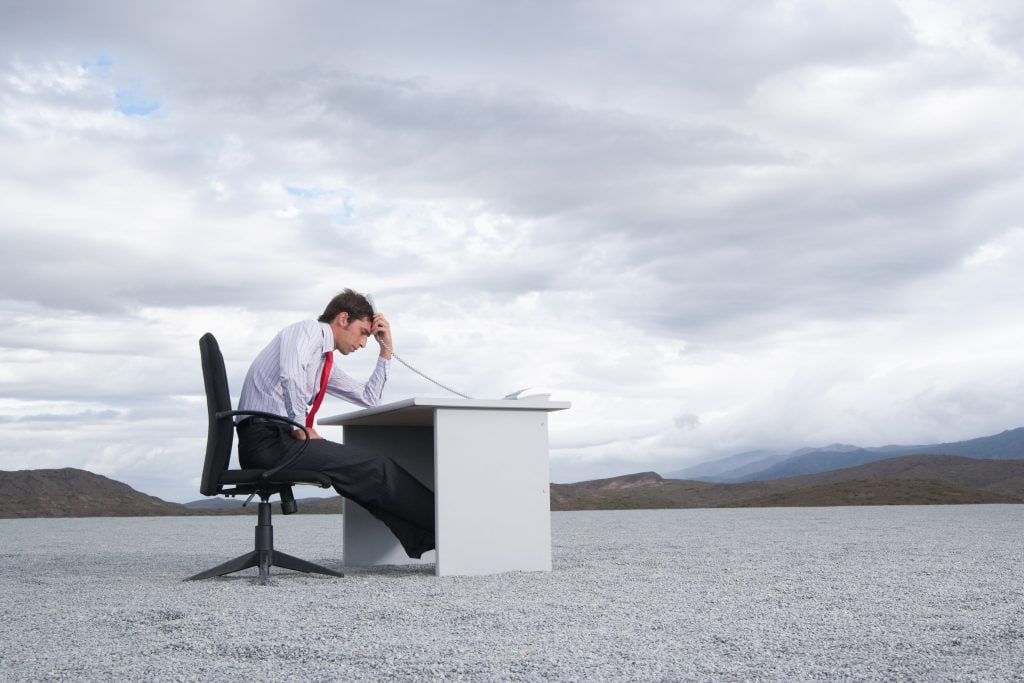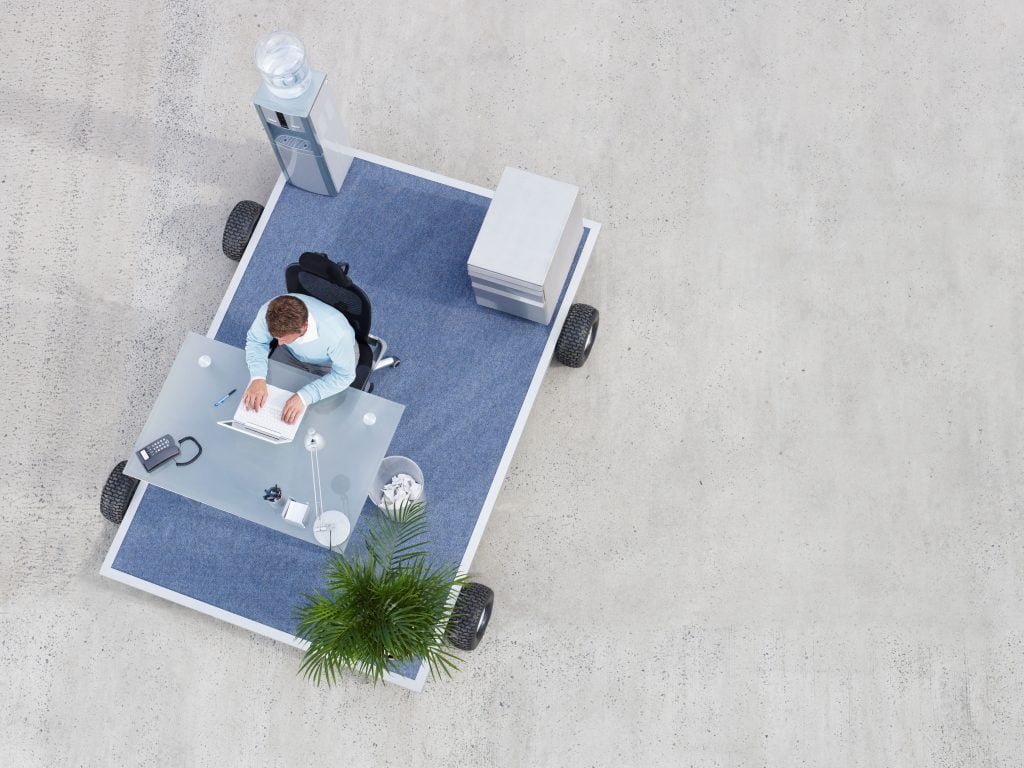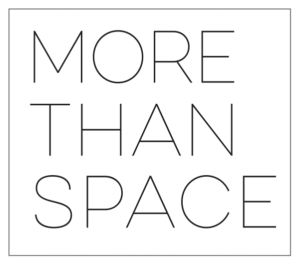It seems to be widely accepted that flexible working is here to stay post pandemic. But what does this look like? Well, it looks different for different people.
Does that mean we go into the office sometimes on a set roster or when we are ‘required’? But who determines when we are required – our managers, us? And when are we required exactly – for tasks, meeting, set projects? But what about meeting for team moral and connection and our own mental wellbeing? If we work away from ‘the office’ is that at home or in a space that is just not at head office?
So many questions that remain unanswered but let’s explore some of them…
SET ROSTERS INTO THE OFFICE
Workers being in the office at different times of the day or days of the week can certainly lessen the number of people in the workplace at any one time – as well as taking the load off shared services like lifts and public transport (you may even snag a seat on the bus or train). Thorough cleaning between shifts may also mean that desks can be shared, and so required office space could be reduced. However, this can be very tricky for some businesses. What about companies where their teams change according to projects or task, or when deadlines unexpectedly change? How do workers with small children or kids at school manage this?

ONLY GOING INTO THE OFFICE WHEN ‘REQUIRED’
This is ideal for some companies where workers only need to meet when deemed necessary. But what is considered necessary and by who? If it’s just determined by task or project requirements, then the human element is not being considered. If you are a people-focused soul then being around your team is important (that’s us) and it’s when you are at your best (after all we aren’t mean to live in a bubble…maybe a champagne bubble but that’s another whole discussion).
Being dictated by someone as to when you can and can’t see your team can be disempowering and reduce motivation. Additionally, having the necessary resources ready for when you arrive into the office requires precise organization skills and good communication – like not leaving essential documents on the kitchen bench..yes we admit some of us are still to yet fully embrace the digital world.
‘REMOTE’ WORKING
It seemed like such a great idea at the beginning of the pandemic. Not battling traffic or jammed public transport, wearing elasticated pants, and having bad hair days everyday (except for zoom days when interesting headwear came into its own) are just some of the benefits. Although some are still loving it, we at Zavie Creative are very social creatures and missed our team. Plus, we forgot that one of us cohabitates with a small child, partner who loves loud music, two demanding dogs and three loud chickens (which makes for interesting zoom meetings at times).
Remote working doesn’t have to just mean you are working from your home, as it may not be a long term option especially if there is no room to carve out a functional workspace (under the stairs may have been an option for Harry Potter but it’s not ideal). According to Microsoft’s latest Work Trend Report, a third of remote workers say the lack of separation between work and life is negatively impacting their well-being.
So, what could be other options? What about apartment buildings incorporating areas dedicated to co-working spaces? This is something that was already happening in the US prior to COVID and now we are now seeing it being included in Australian design, such as the newly approved Rozelle Laneway project by Scott Caver. What about satellite offices located out of the CBD? How about taking space for your team in co-working offices closer to where they live? This allows for interaction with the team in an ‘office’ environment while having access to technology and very importantly, ergonomically suitable furniture.
An estate in Melbourne’s western corridor, Woodlea, recently surveyed its 7000 residents and found that of the 500 that responded 61% said they would work in a local coworking space or shared office if one was available. This has led to considerations of the future town center being home to a local coworking space that could be utilized by some of the 20,000 residents that are expected to live in the ‘mini-city in the suburbs’ once it is completed.
So, while we may agree that the world post-COVID is going to look different, there is no one size fits all to suit how we will work. History shows that out of adversity comes great change and the impact on design could be such that we will have better flexibility and improved options on where and how we work.

